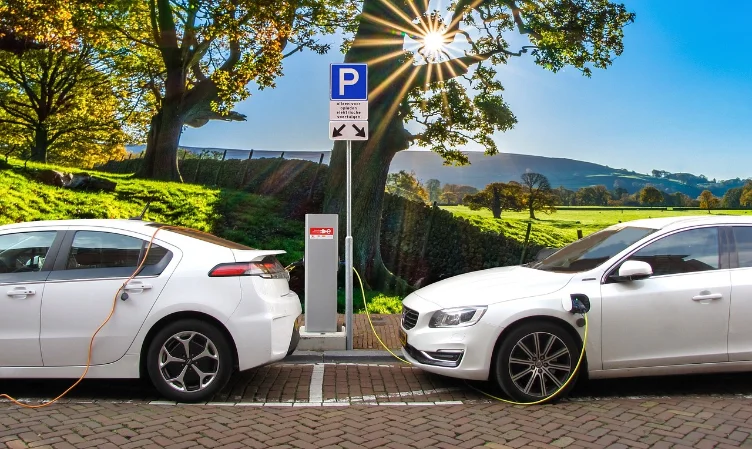The ongoing conflict between Israel and the Palestinian group Hamas has raised concerns in energy-poor Japan about its heavy reliance on the Middle East for oil and gas. Japan, a close ally of the United States, is taking a cautious diplomatic approach to the situation in the Gaza Strip.
Here are some important facts about Japan’s dependence on energy sources from the Middle East:
A highly concentrated source of crude oil.
Japan, which is the fourth-largest oil buyer globally, relies heavily on the Middle East for its oil needs. In fact, 95% of the oil Japan imports comes from this region, which is quite unique compared to other major oil-importing countries.
Out of the 2.75 million barrels of oil Japan brought in during August, the largest suppliers were Saudi Arabia with 1.14 million barrels per day (bpd) and the United Arab Emirates with 1.12 million bpd. Kuwait also contributed 200,000 bpd to Japan’s imports.
Although the United States is the largest oil producer in the world, it only provides a small portion of Japan’s oil, with 42,000 bpd delivered in August.
Back in 1973 during the Arab oil embargo, Japan sourced 77% of its oil from Gulf countries. This event caused domestic inflation and a reduction in the production of goods in Japan.
Japan’s reliance on oil from the Middle East has gone up since its major oil refineries stopped importing Russian oil shortly after Russia’s invasion of Ukraine in February last year. However, a few refineries continued to import Russian oil on and off until February this year.
Before the conflict in Ukraine, Japan used to import around 100,000 barrels of oil per day from Russia, which accounted for about 4% of its oil requirements.
Japan holds the position of being the world’s second-largest importer of liquefied natural gas (LNG), which is used for generating electricity and supplying city gas. The sources for its LNG are more diversified and balanced in comparison to its oil supply.
In August, Japan imported 5.7 million metric tons of liquefied natural gas (LNG). Around 40% of this LNG, which is used for energy, came from Australia. Additionally, 12% of the total supply originated from three countries: Qatar, Oman, and the United Arab Emirates (UAE).
What other options does Japan have?
Japan faces challenges in reducing its reliance on Middle Eastern oil supplies, especially for crude oil.
One option is to increase oil imports from the United States. Alternatively, Japan, being a member of the Group of Seven (G7) nations, could request permission from the G7 to purchase Russian crude oil above the $60 price limit set by the group due to Russia’s actions in Ukraine. Currently, Japan is exempt from this cap for oil supplies from Russia’s Sakhalin 2 project.
Another approach could be to buy oil on the spot market, although this might become more difficult if there were disruptions in Middle Eastern shipments.
In case of a short-term supply interruption, Japan has significant oil reserves, which stood at 480 million barrels by the end of August. This is equivalent to about 236 days’ worth of consumption, according to the Ministry of Economy, Trade and Industry (METI).
Furthermore, major Japanese power companies have substantial inventories of liquefied natural gas (LNG), which is a key measure of stock levels. As of October 22, these inventories reached 2.23 million metric tons, exceeding the five-year average of 2.01 million tons for the end of October, as reported by METI data.
Cutting Down on Consumption
Japan is making efforts to reduce its natural gas imports as it restarts nuclear power plants that were previously closed following the Fukushima disaster in 2011.
Currently, Japan has brought 12 nuclear reactors back into operation, some of which were undergoing planned maintenance. These reactors collectively have a capacity of nearly 12 gigawatts. Japan is considering restarting a total of 33 reactors. To put it in perspective, each gigawatt of nuclear power can save about a million metric tons of liquefied natural gas (LNG) imports annually.
In addition to nuclear power, Japan is also reducing its LNG imports by incorporating more renewable energy sources like solar and wind power.
Overall, Japan’s reliance on fossil fuels is decreasing. According to the International Energy Agency, Japan’s demand for petroleum dropped from 4.2 million barrels per day (bpd) in 2010 to 3.3 million bpd in 2021. It is expected to decline further to 2.7 million bpd by 2030. This shift is influenced by a shrinking population and a transition to lower-emission energy sources.
Japan has set a goal to reduce the use of LNG in its power sector from 37% in 2019 to 20% by 2030. However, it still plans to continue importing LNG as it considers it a transitional energy source.





